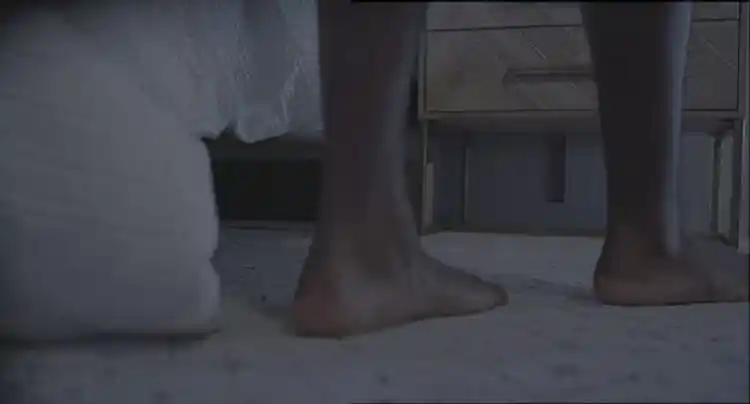Surprising Facts About Sleepwalking

Hide Video Transcript
Video Transcript
SPEAKER
Sleepwalking -- sometimes there's more to it than pacing around your bedroom. Some sleepwalkers shout, make food, move furniture, and in rare cases, drive a car. Like the name of the condition suggests, you're not awake. Typically you're in the deeper stages of sleep. Once you wake up, you may feel confused or have next to no memory of what you did. Sleepwalking is a lot more common in children than adults. Up to 15% of kids in the US have the condition, but they usually outgrow it.
Things that can bring it on include a lack of rest, certain medications, and stress. Triggers for adults can also include caffeine and alcohol. See a doctor or a sleep specialist for help. You may only need advice on how to get better shuteye, but some adults benefit from treatments such as hypnosis, antidepressants, and meds called sedative hypnotics.
If you see a loved one sleepwalking, gently try to wake them if they're in danger of leaving home or getting injured. But if they're taking steps around a room that's safe and secure, you don't have to rouse them.
You can make your home safer for them too. Remove sharp or breakable things from the bedroom. Don't let them sleep on a bunk bed. Lock windows and doors around the house, and install safety gates at the top of staircases.
